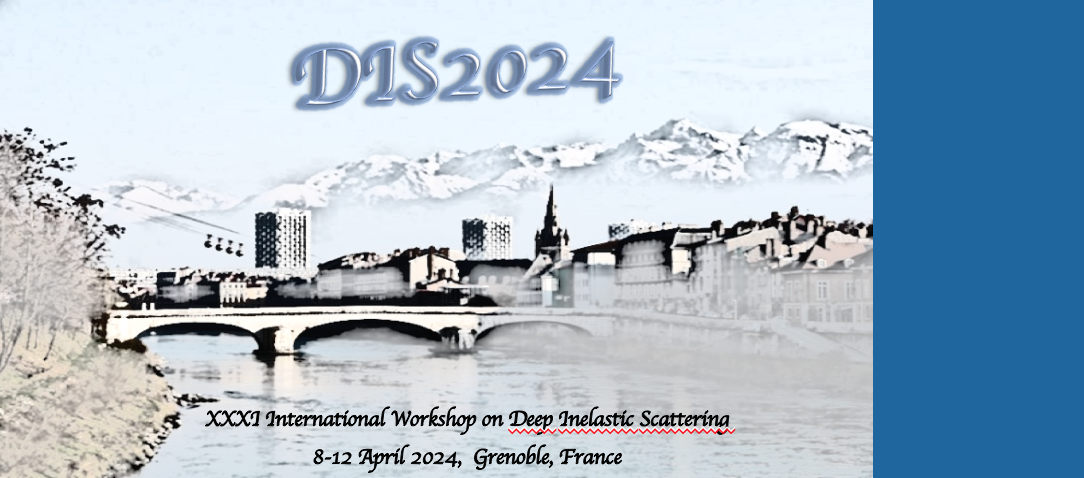Speaker
Description
Ultra peripheral heavy ion collisions measured at RHIC and at the LHC provide a unique opportunity to study photon-nucleus scattering in the very high center-of-mass energy domain. Exclusive vector meson photoproduction is an especially interesting process in UPCs as it is experimentally clean, and additionally such diffractive processes are especially sensitive to non-linear QCD dynamics.
In this talk, we present our recent work [1] where we calculate nuclear modification factors for coherent and incoherent vector meson photonproduction at different center-of-mass energies. The energy dependence is obtained dynamically by solving the perturbative JIMWLK evolution equation. We predict a strong saturation-driven nuclear suppression at high energies, while the LHC data (that is currently available up to ~1TeV center-of-mass energies) prefers even stronger suppression, and determine the effect of nucleon shape fluctuations on the nuclear suppression in the coherent and incoherent cross sections.
Additionally we explore possibilities to use more differential exclusive vector meson production measurements to probe the nuclear structure published in [2]. In particular, we calculate azimuthal asymmetries in the decay product distribution that result from the interference between the two possible production channels (both nuclei can act as photon sources). We extract the nuclear radii from these modulations and find them to be consistent with the STAR data. We furthermore demonstrate how these asymmetries are sensitive to the nuclear deformations. Finally, we also report our ongoing work [3] where we explore the possibilities to probe the spatial distribution of small-x gluon field in a polarized deuteron at the EIC.
References:
[1] H. Mäntysaari, F. Salazar, B. Schenke, arXiv:2312.04194 [hep-ph]
[2] H. Mäntysaari, F. Salazar, B. Schenke, C. Shen, W. Zhao, arXiv:2310.15300 [nucl-th], accepted for publication in Phys. Rev. D
[3] H. Mäntysaari, F. Salazar, B. Schenke, C. Shen, W. Zhao, in preparation

